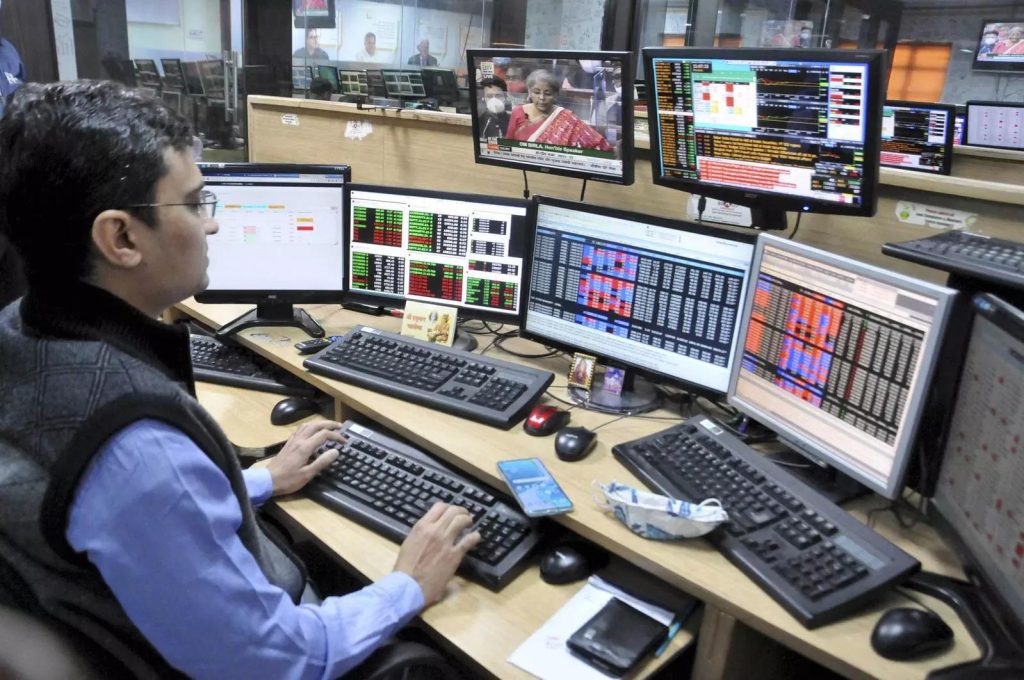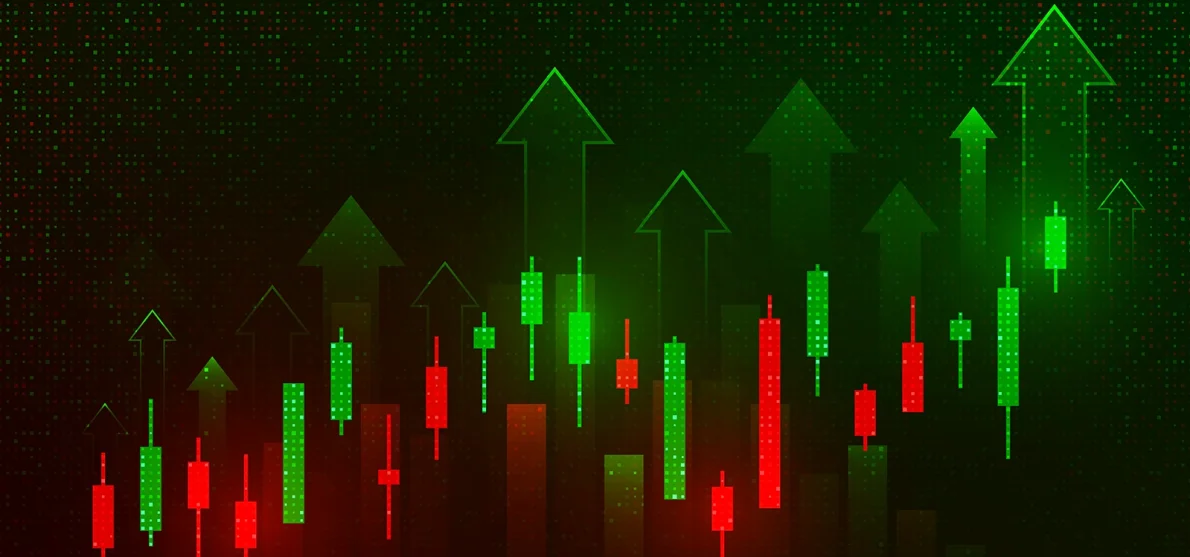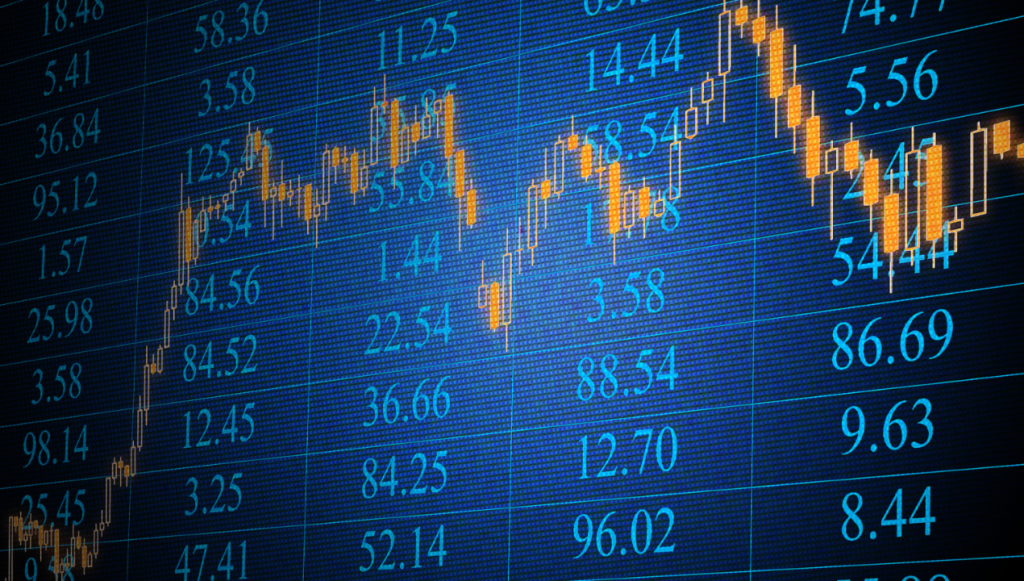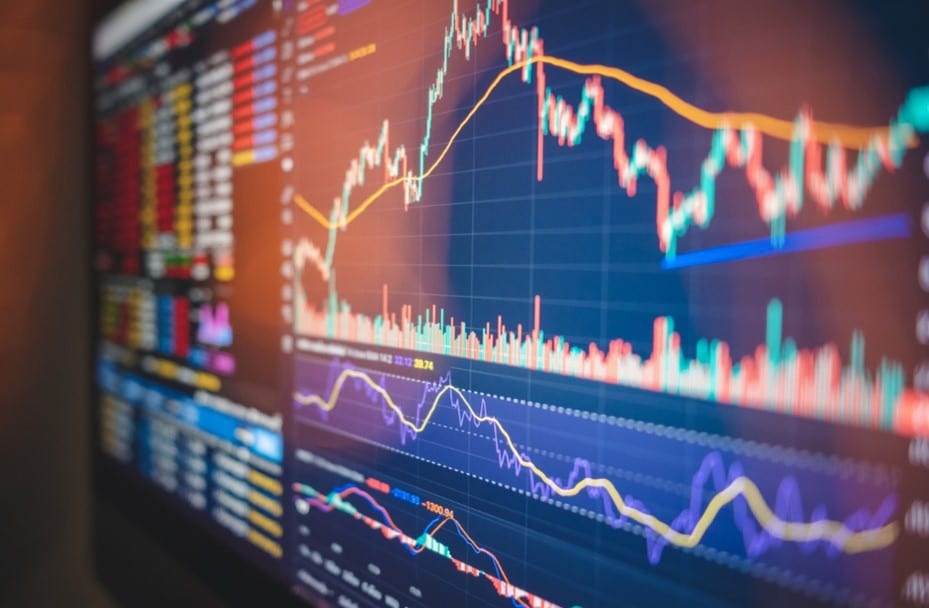Understanding Forex trading can often feel like an endless journey through uncharted territories for novices. Amidst the abundance of strategies, indicators, and expert advice, one warning continually emerges, casting a long shadow on the aspirations of fledgling traders—the infamous 90% rule.

The Reality Behind The Rule
To the uninitiated, the 90% rule sounds more like an urban legend than a factual statistic. Yet, it’s grounded in a stark reality that resonates across trading floors worldwide. The rule suggests that 90% of new Forex traders lose 90% of their capital within the first 90 days of trading—a daunting statistic that underscores the high-risk nature of currency trading. This rule isn’t just a cautionary tale; it’s a wakeup call for those entering the market with dreams of quick riches.
Understanding The Causes Of The 90% Rule
The reasons behind the reality of the rule are multifaceted. Many new traders dive into the Forex market with little to no preparation, drawn in by the allure of leverage that promises substantial gains from relatively small investments. However, leverage is a double-edged sword that can amplify losses just as quickly as gains. Moreover, a lack of a well-thought-out trading strategy and insufficient knowledge of market analysis techniques often leads novices to make impulsive, high-risk trades.
How To Combat The Odds
Defying the rule requires a determined, educated approach to Forex trading. First and foremost, arm yourself with knowledge. Take the time to understand the market, including fundamental and technical analysis, and create a trading plan that includes clear goals and risk management strategies. Leverage should be used judaciously, keeping in mind that it can magnify losses as well as profits.
The Importance Of Emotional Discipline And Continual Learning
One aspect that often gets overlooked in discussions about the rule is the psychological element of trading. Emotional discipline is crucial; many traders succumb to the pitfalls of greed and fear, which can lead to rash decisions. Continuous education is also key. The Forex market is constantly evolving, and staying informed about global economic developments and market trends is essential for success.
The 90% rule serves as a reminder of the challenges faced by new Forex traders. However, it shouldn’t act as a deterrent but rather as a motivator to approach the market with the seriousness and respect it demands. By acknowledging and understanding the reasons behind this statistic, and by committing to a disciplined, well-informed trading strategy, it’s possible to navigate the Forex market successfully, and perhaps, become part of the coveted 10% who thrive.





